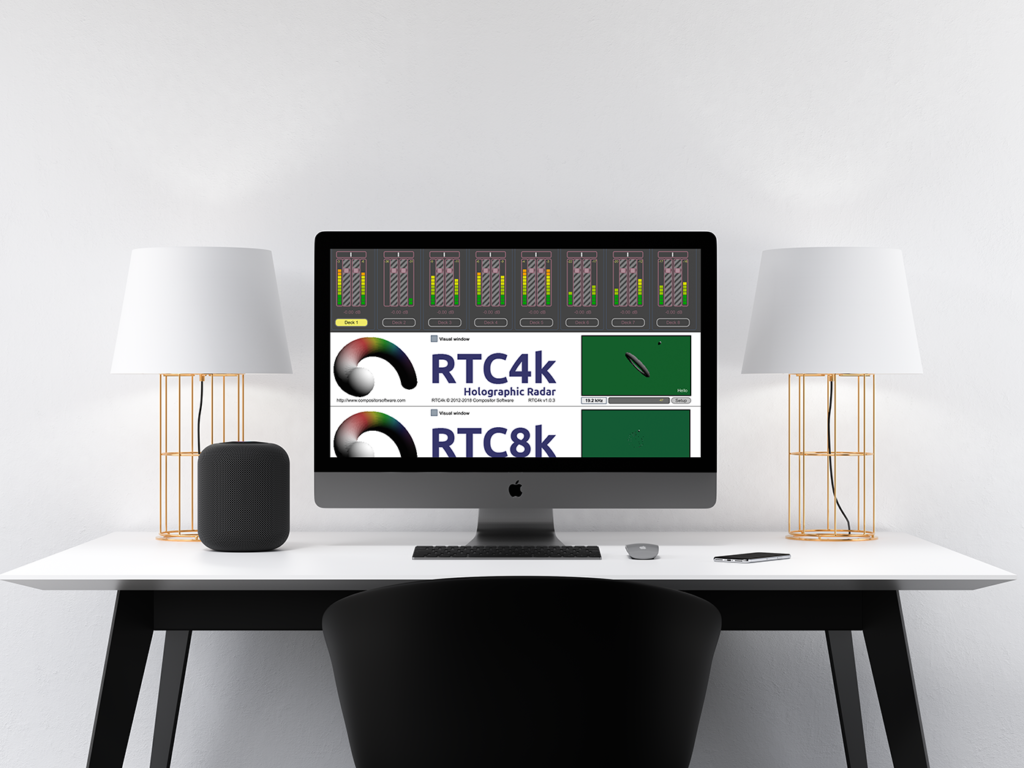Compositor v7 Hypervisor is available

Hypervisor v7 is a modern VLF radio station suitable for ether reproduction, recording and monitoring in real-time. It is capable of switching, aggregating and signalizing the network statuses using the 5 feeders provided. With the 8-channel auxiliary ether injector you can playback 129 Ethernet wavetables, which are the part of Hypervisor v7 package. STL1212 multithread computer is bundled with the software. It processes virtual machine resources and implements uncrossing of 8 real-time loops. This way you can process wavetables into vectors and transmit them via Ethernet.
Here is the full list of Compositor v7 Hypervisor new modules and functions:
- STL1212:
- 8 DSP license holder;
- Processor optimization;
- Cloud resources utilization;
- Dynamic resources allocation;
- RTC4k:
- VLF network radar;
- Lowest line control;
- Subliminal sequences;
- Alarm sounds;
- RTC8k:
- Anti-injection protection;
- Bits headroom display;
- Shutter engine;
- CPU latching;
- RT-z8:
- AM ether aggregation;
- Position display;
- VLF coordinates locator;
- Robust network protection;
- RT-z16:
- Ground level coordinates;
- On-air control;
- 32768 operations per second;
- VLF tracking;
- RT-z32:
- Occasional network switching;
- Predictive control;
- Highest line tracking;
- Non-linear alarm control;
- Ethernet injector;
- Ether reproduction;
- Ether aggregation;
- Channel summation;
- Channel multiplexing;
- Radio monitoring;
- Synchronous server performance;
- Network switching;
- Plesiochronous digital hierarchy (E5);
- Ethernet mixture;
- Differential-phase position navigation;
- High load auxiliary channel.
You can buy Compositor v7 Hypervisor on the product page or at Compositor Software Web Shop.